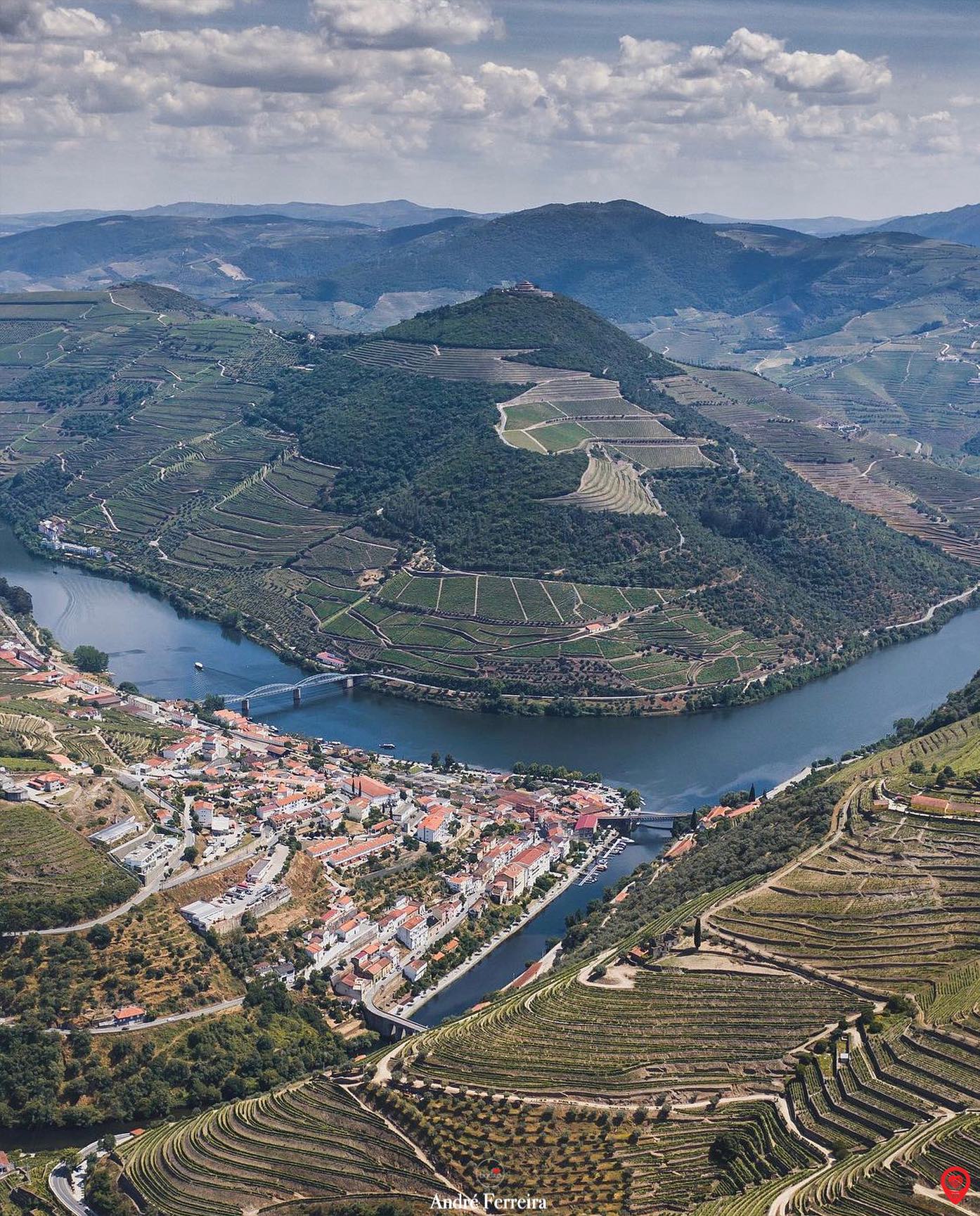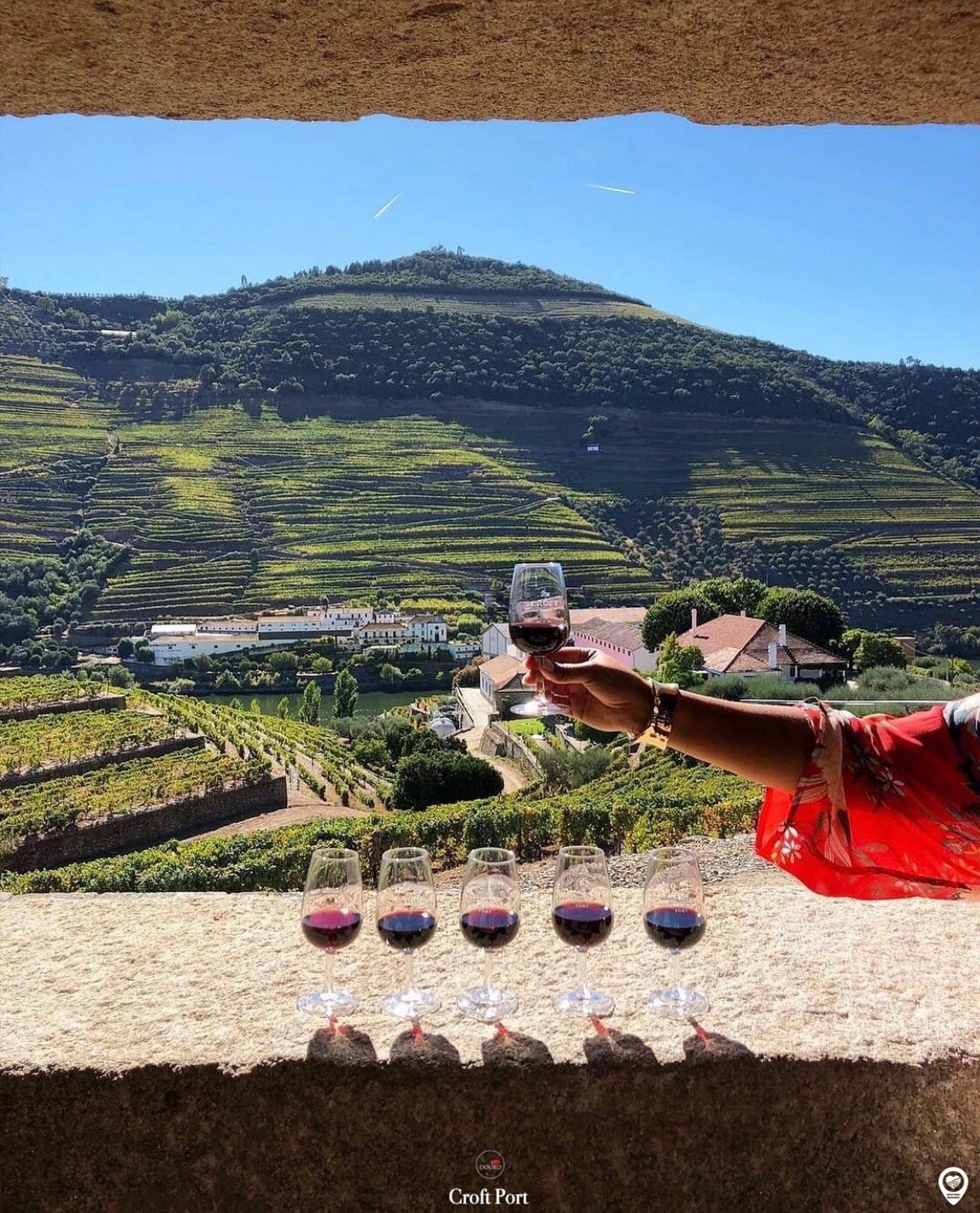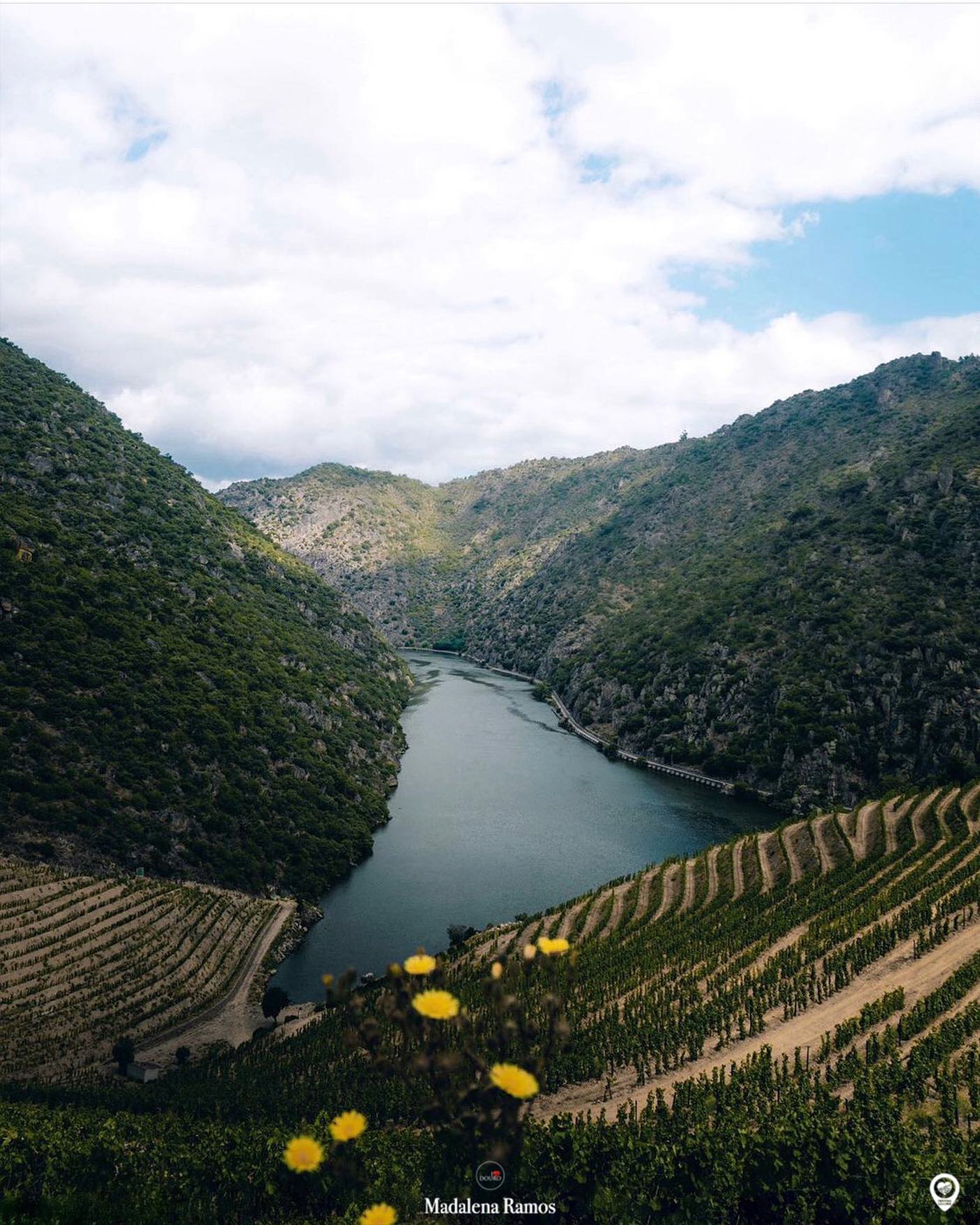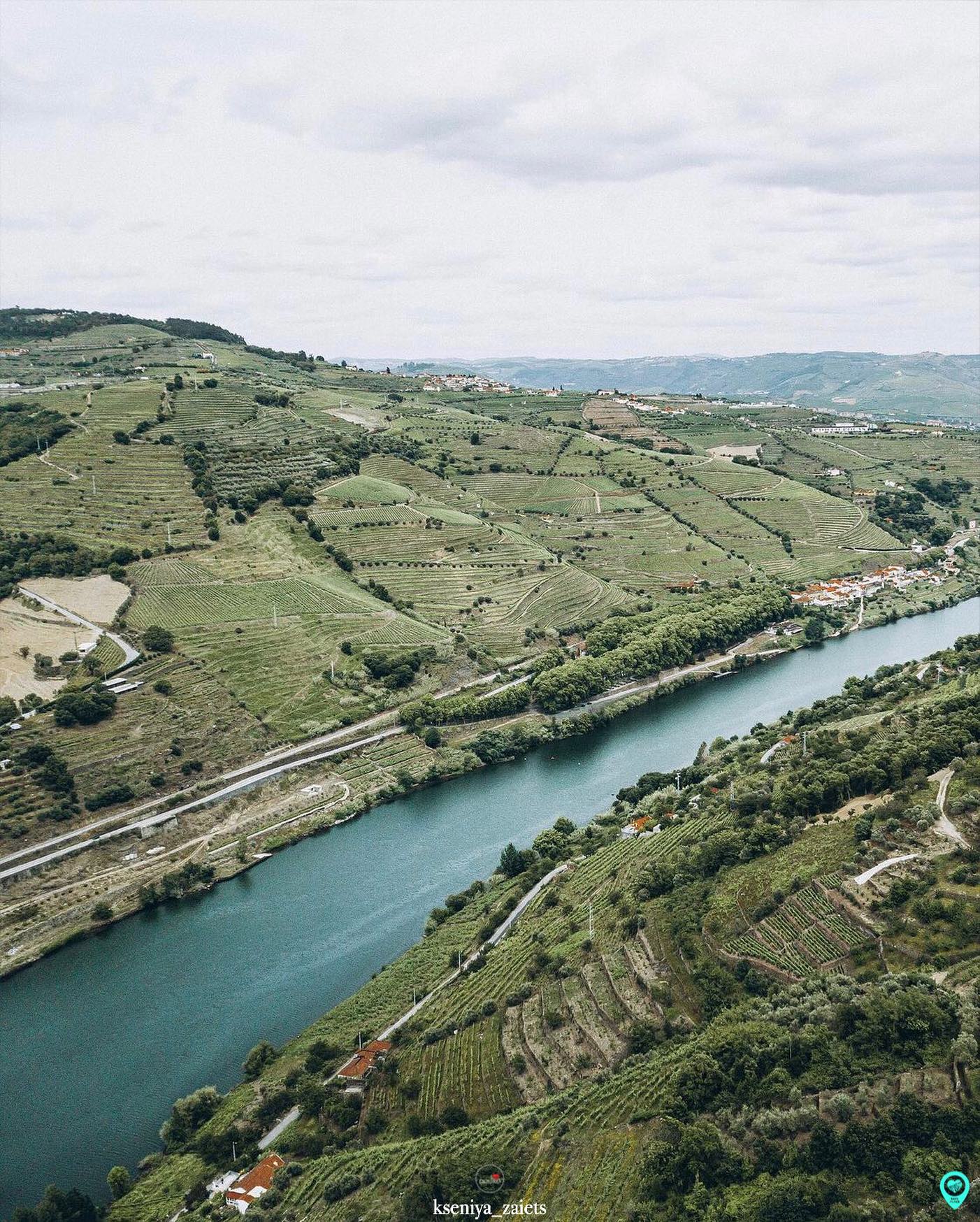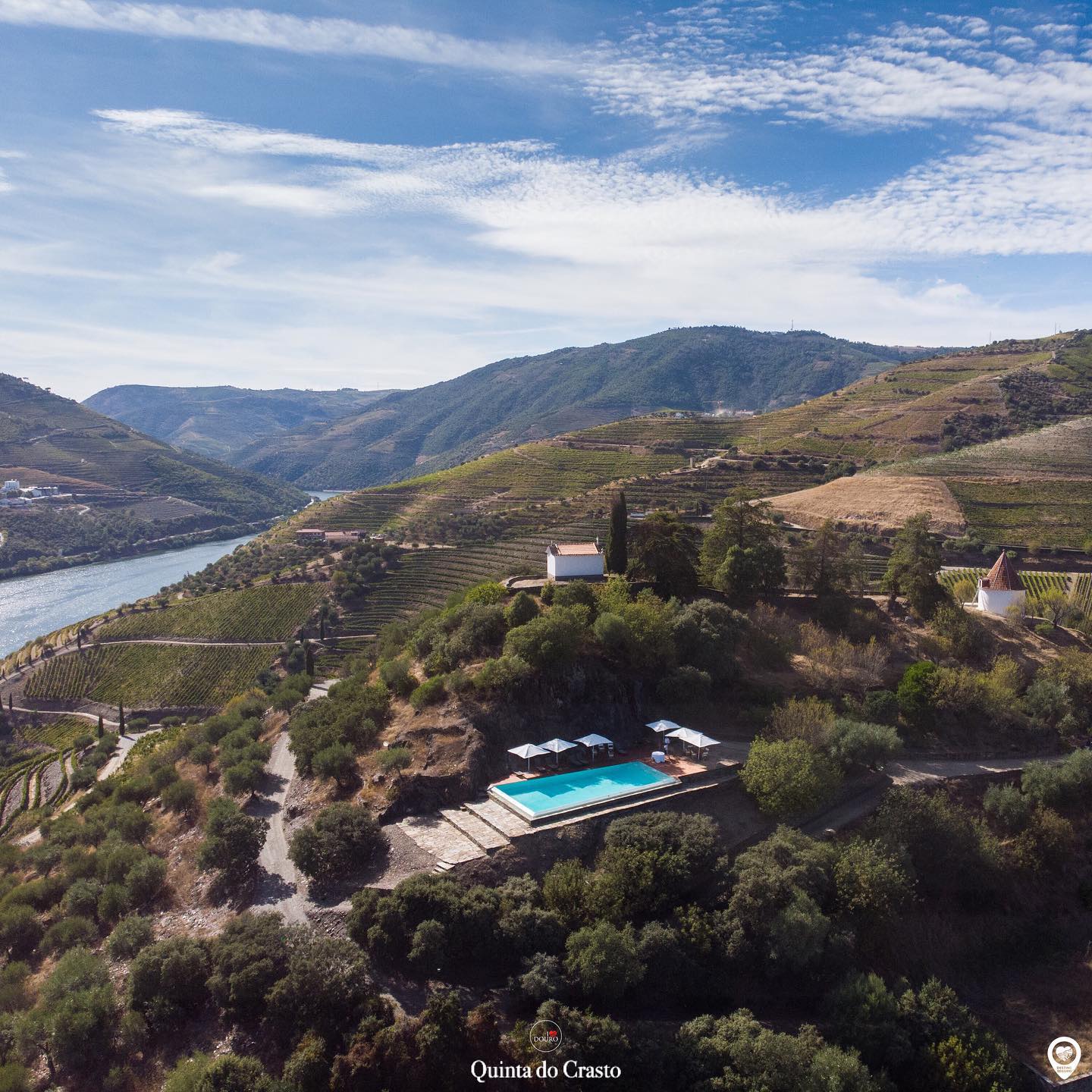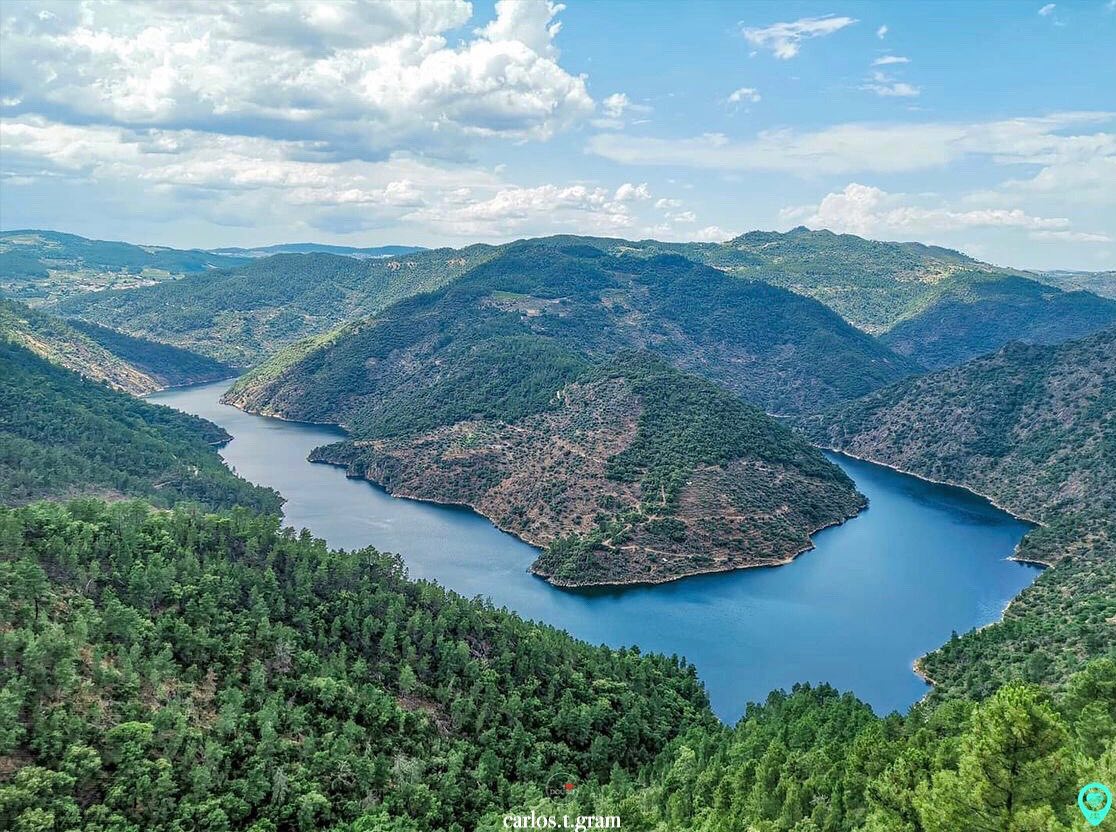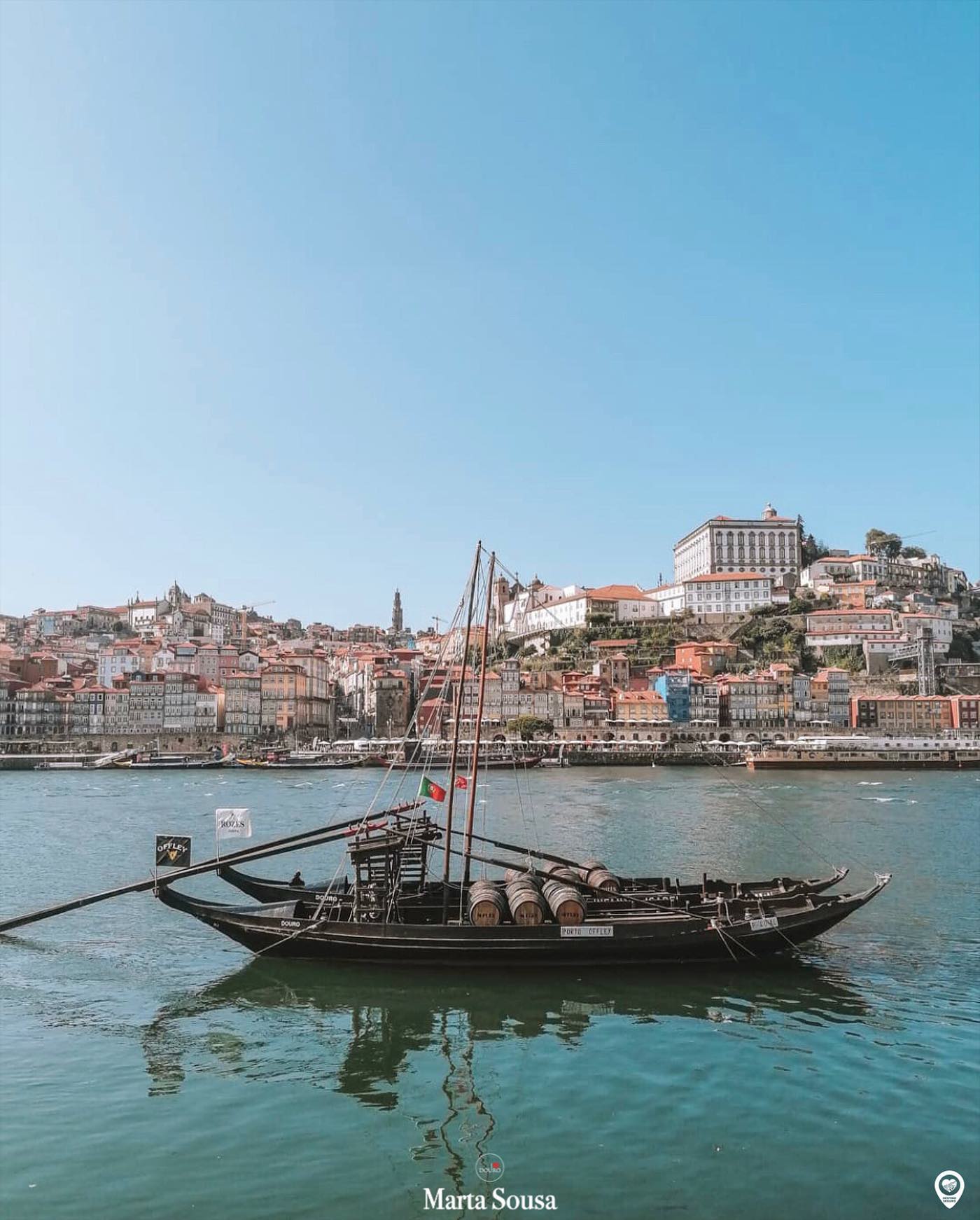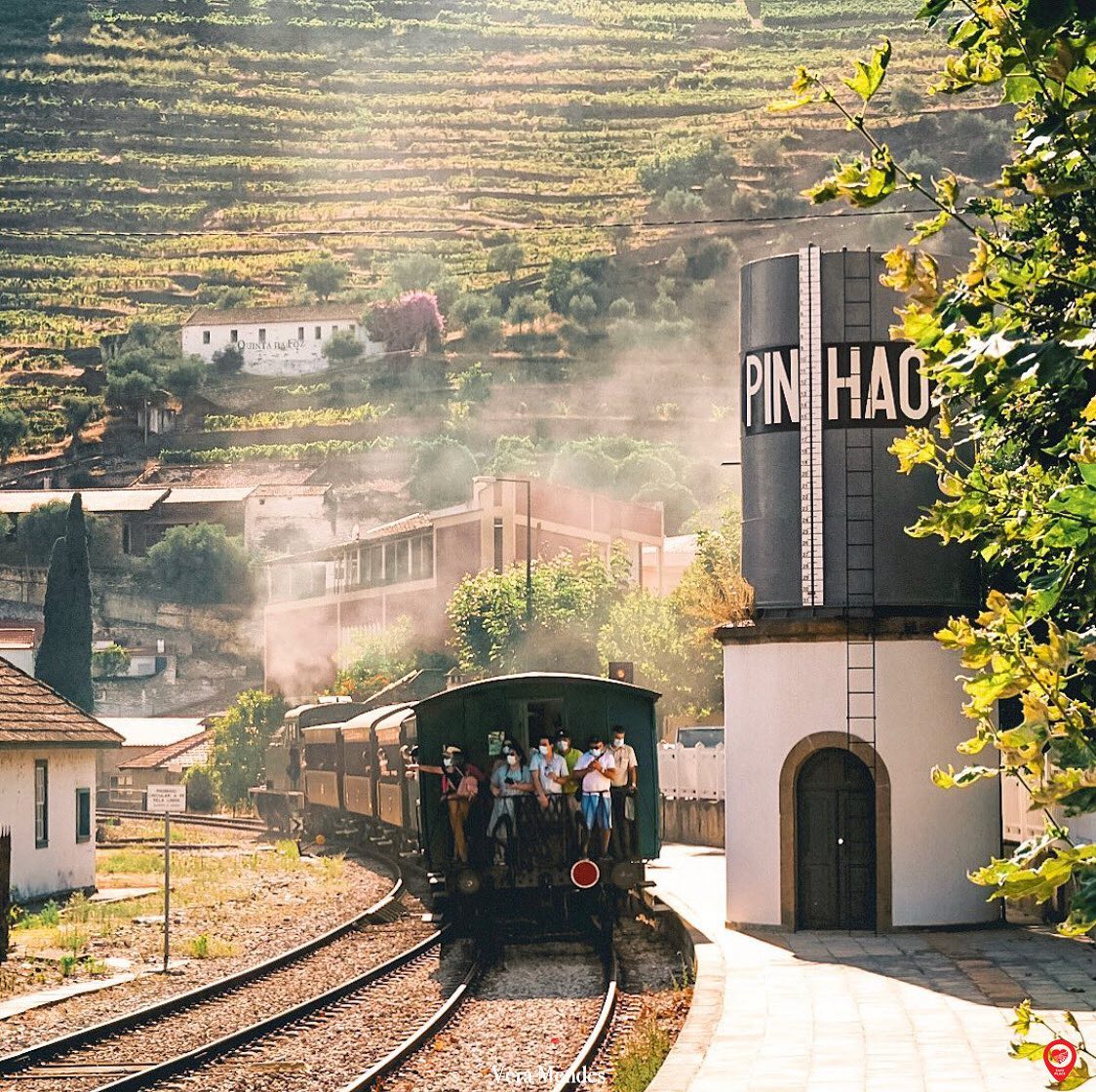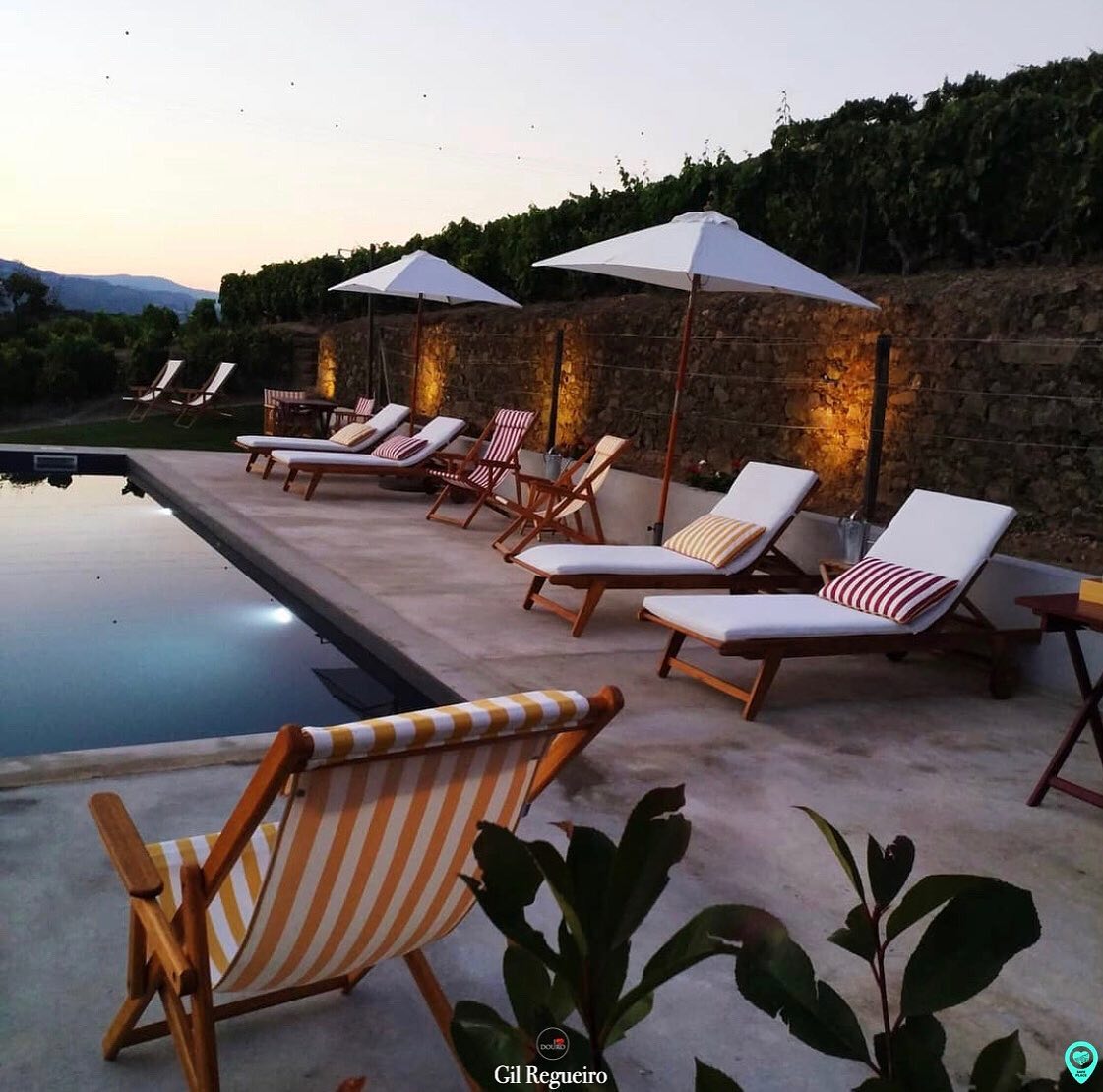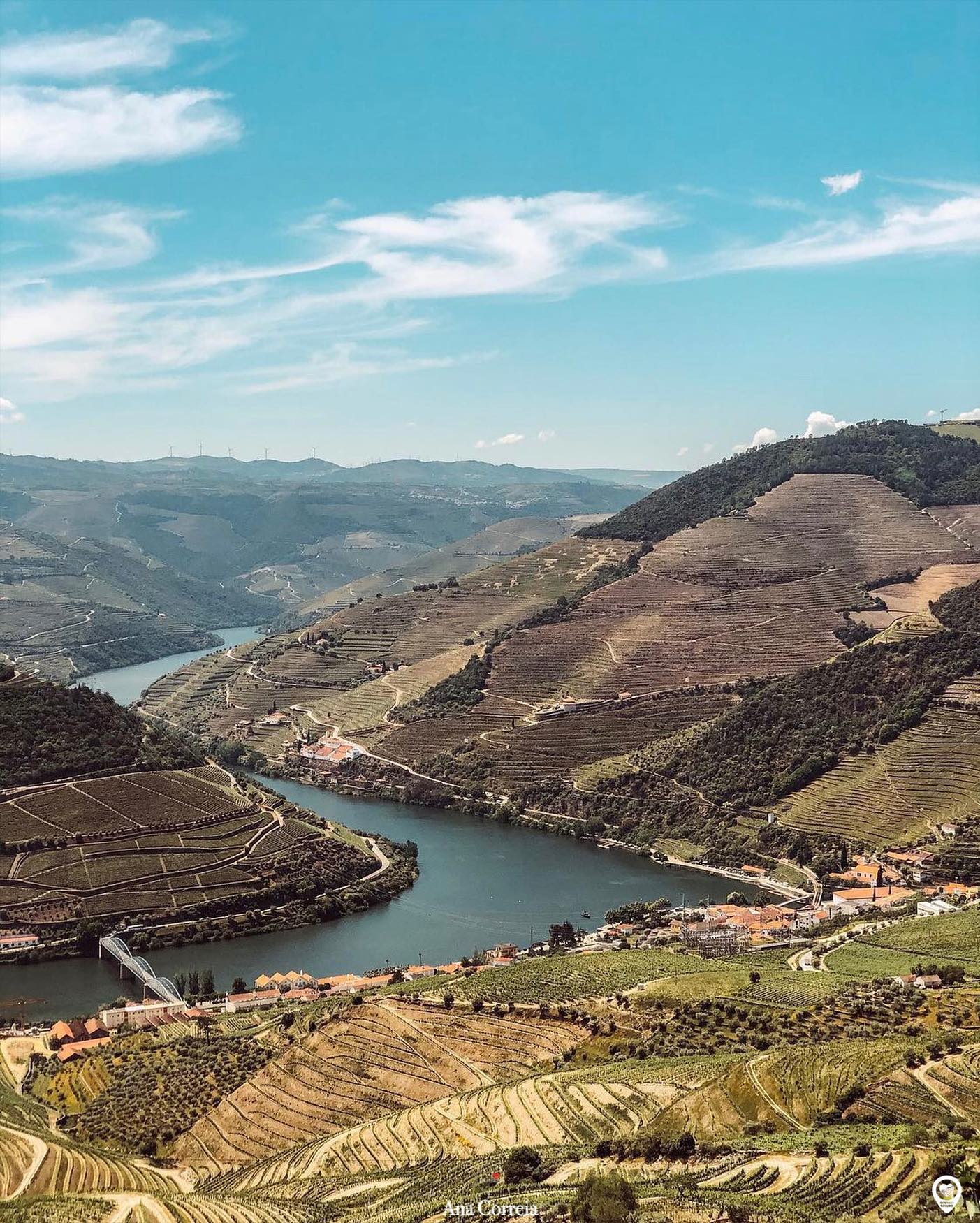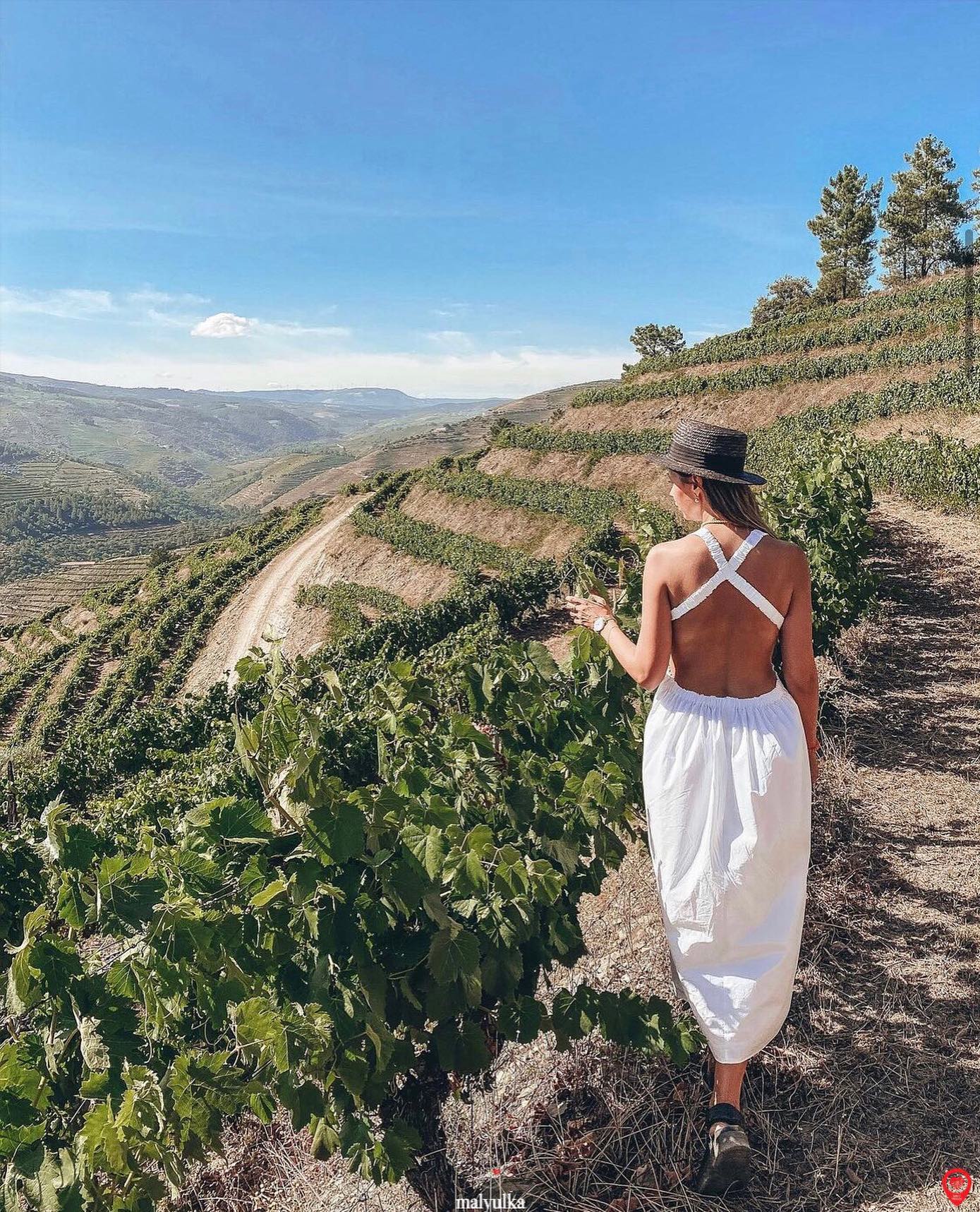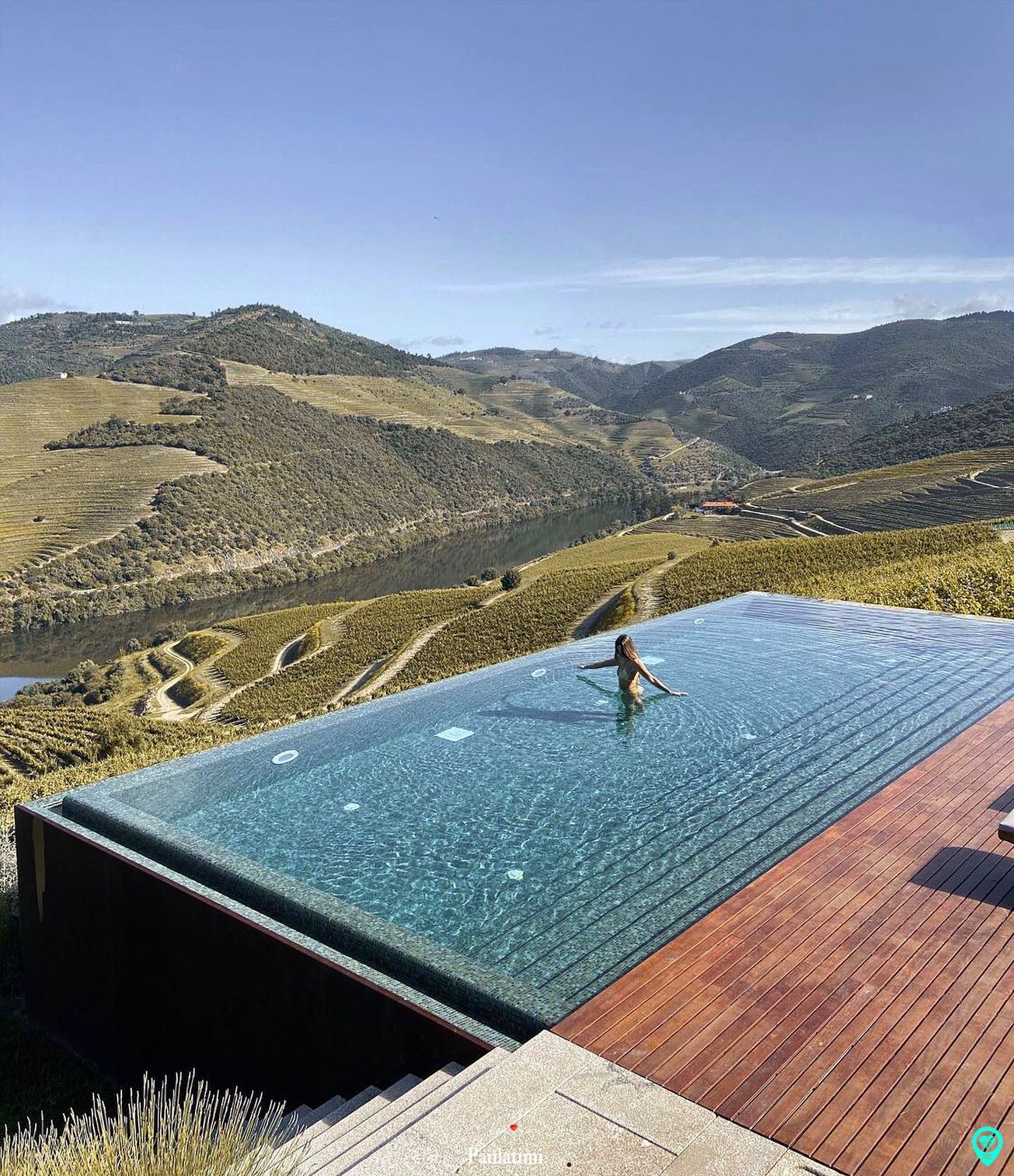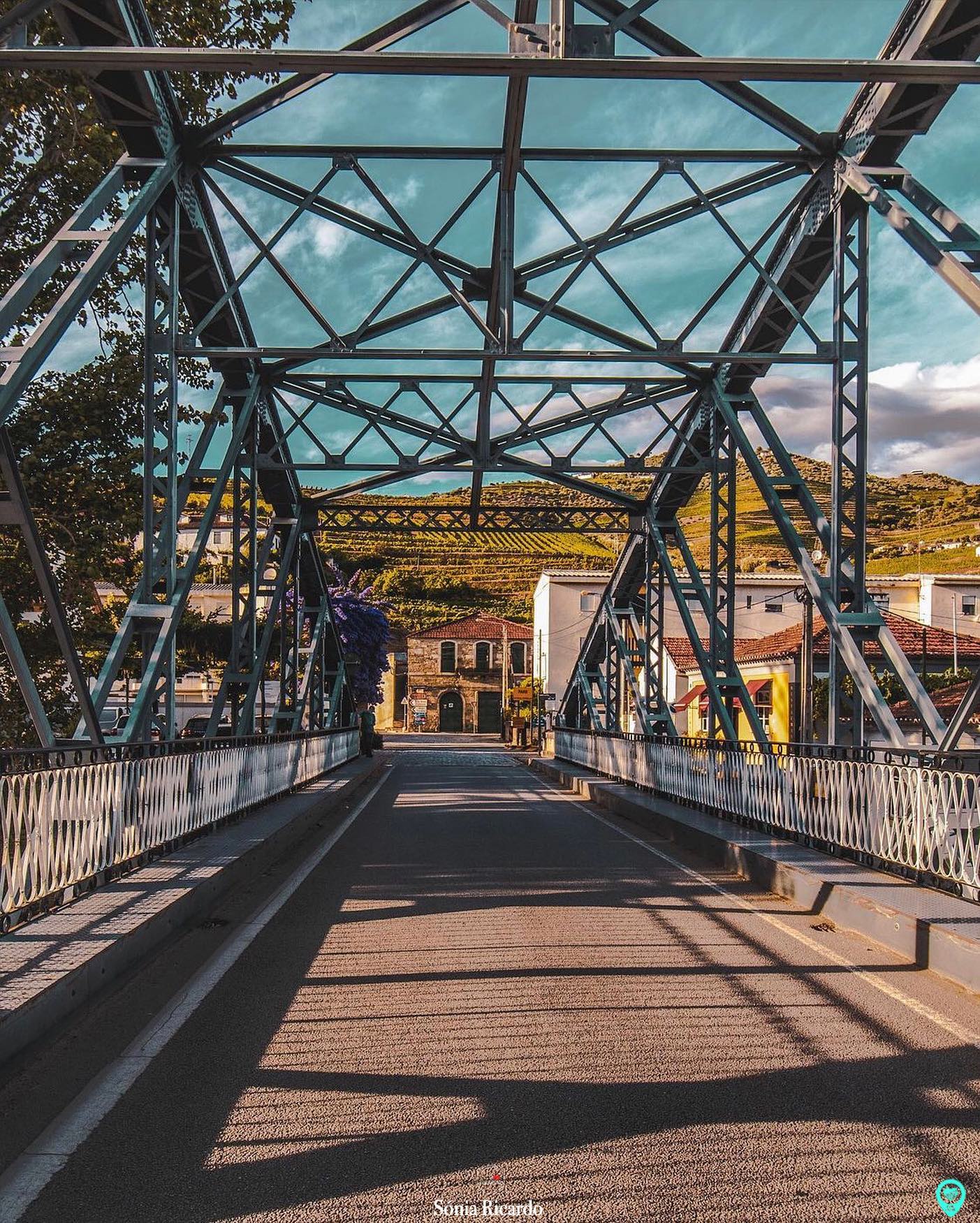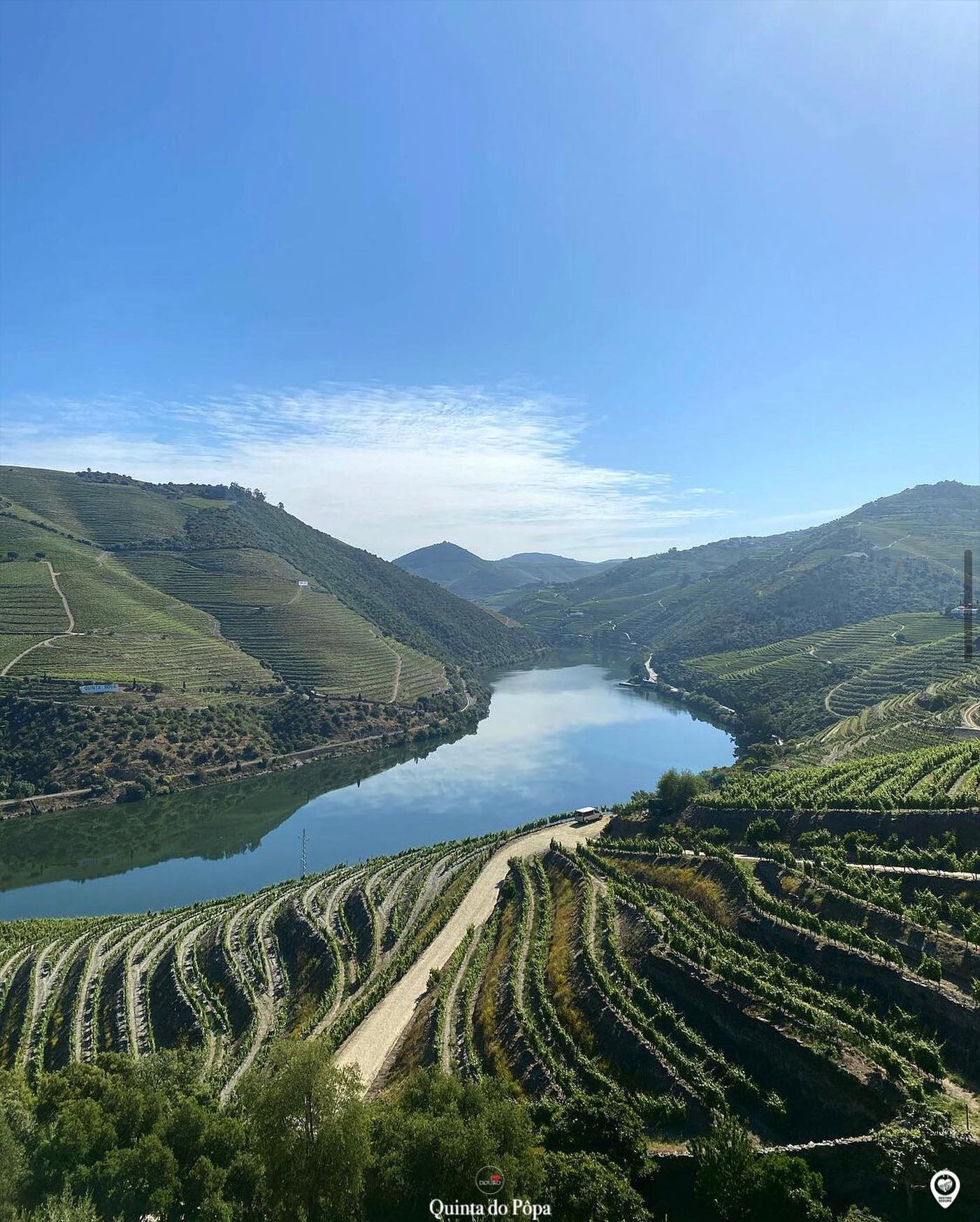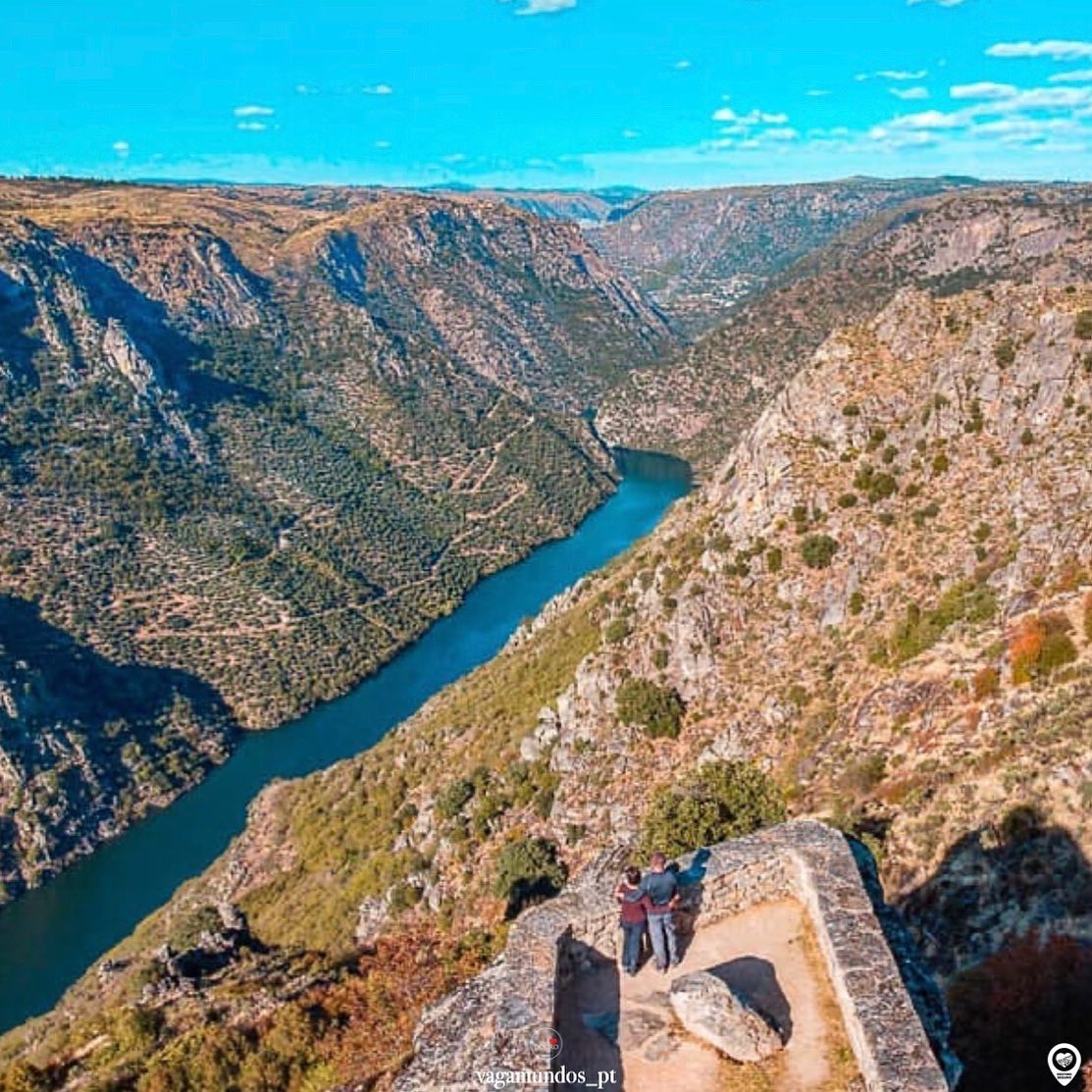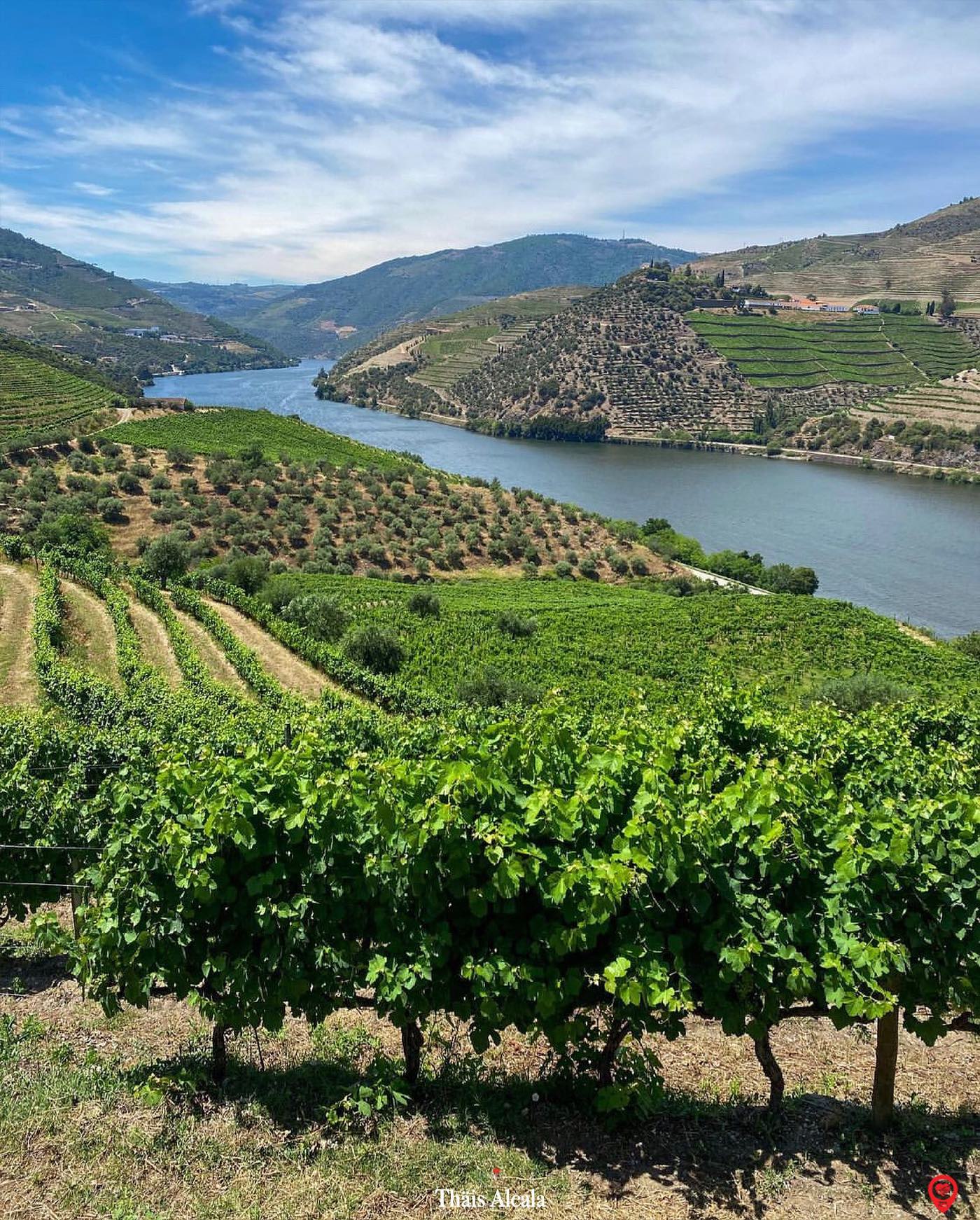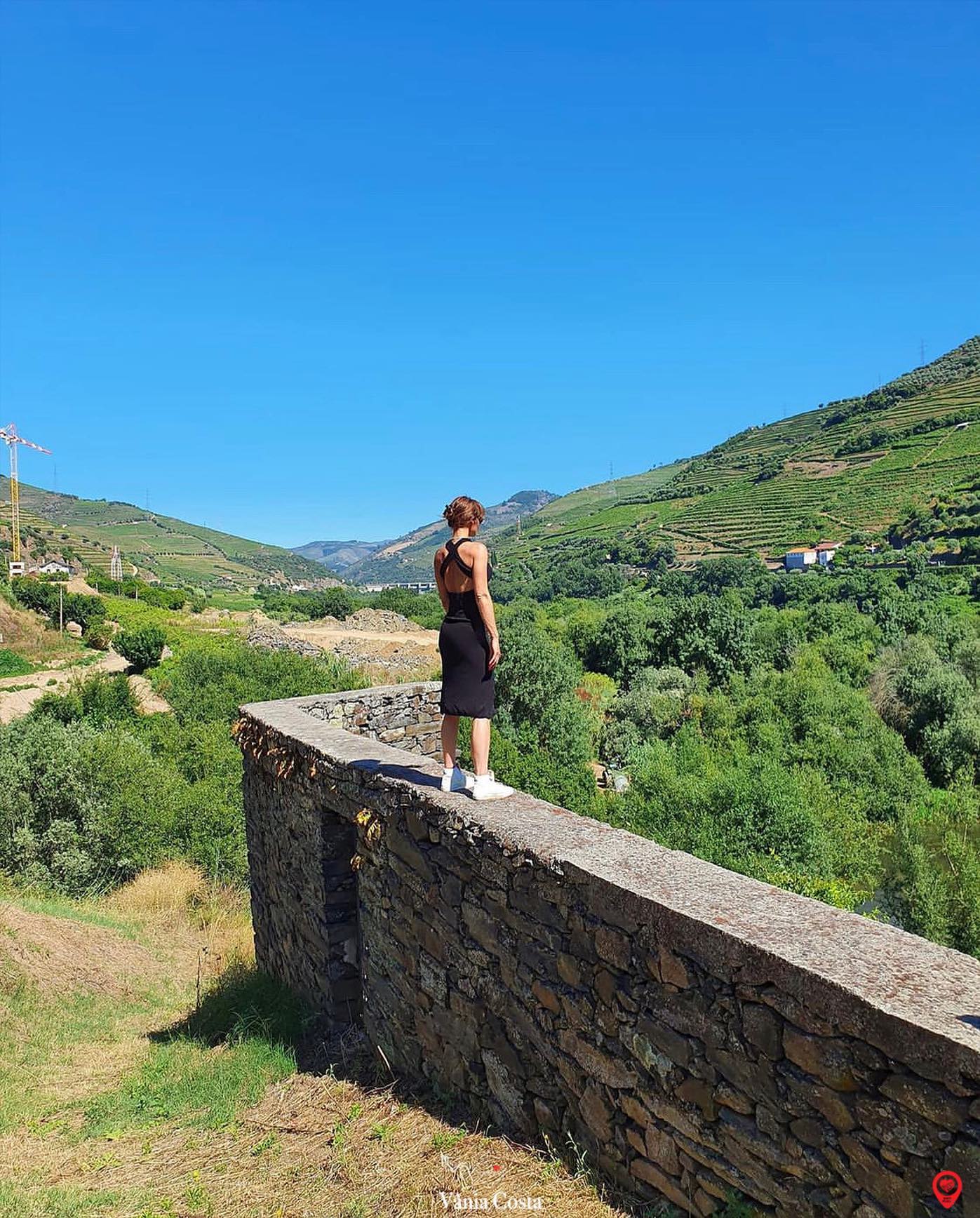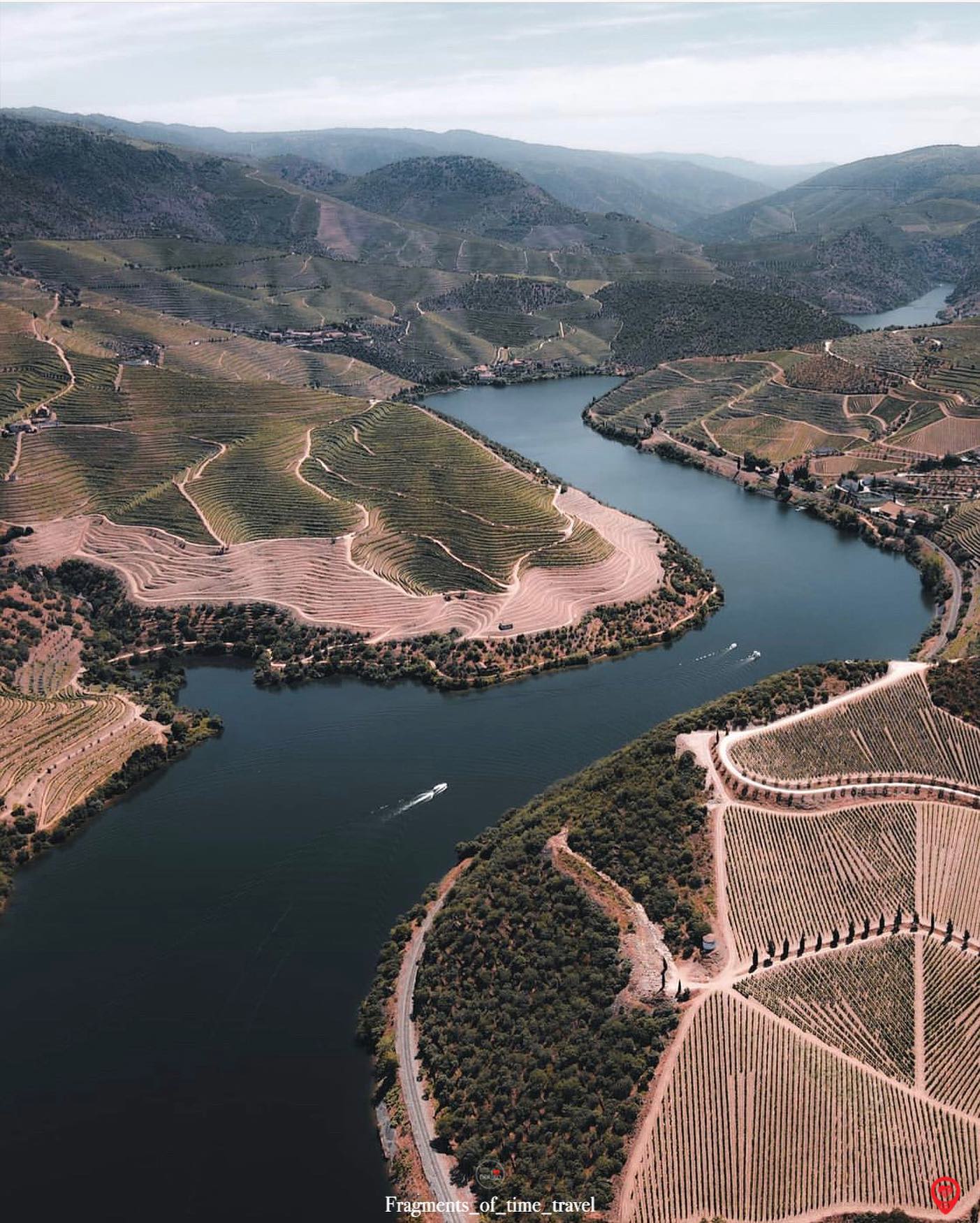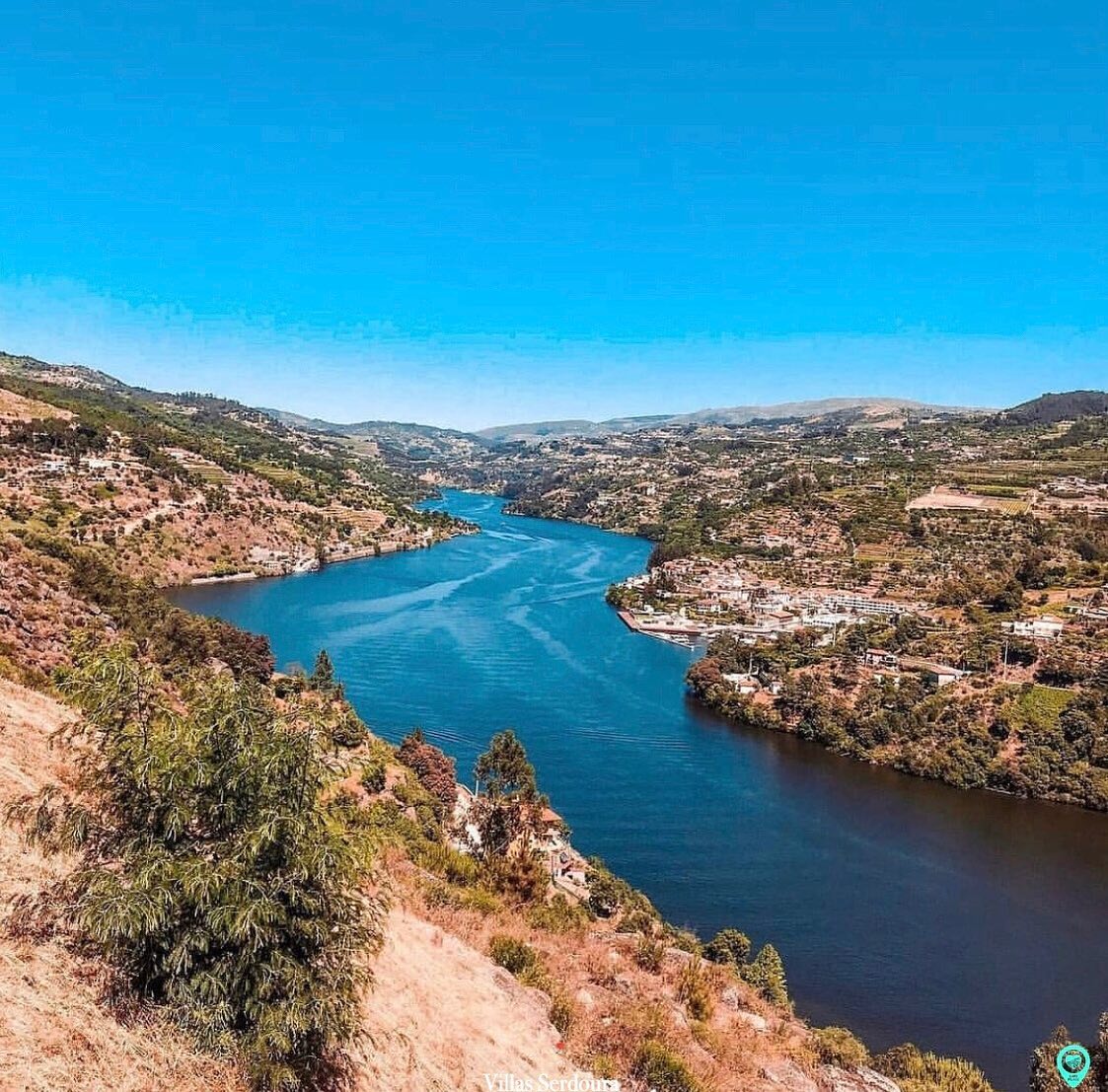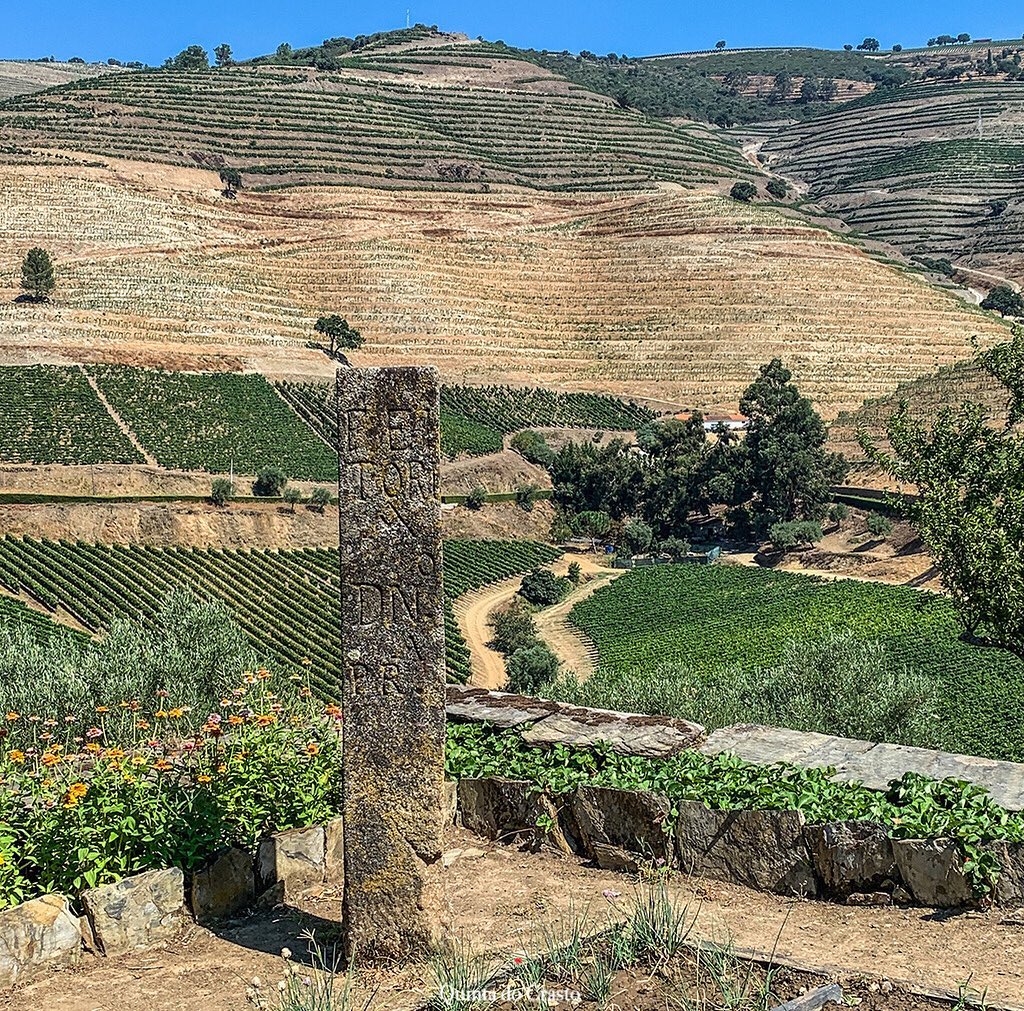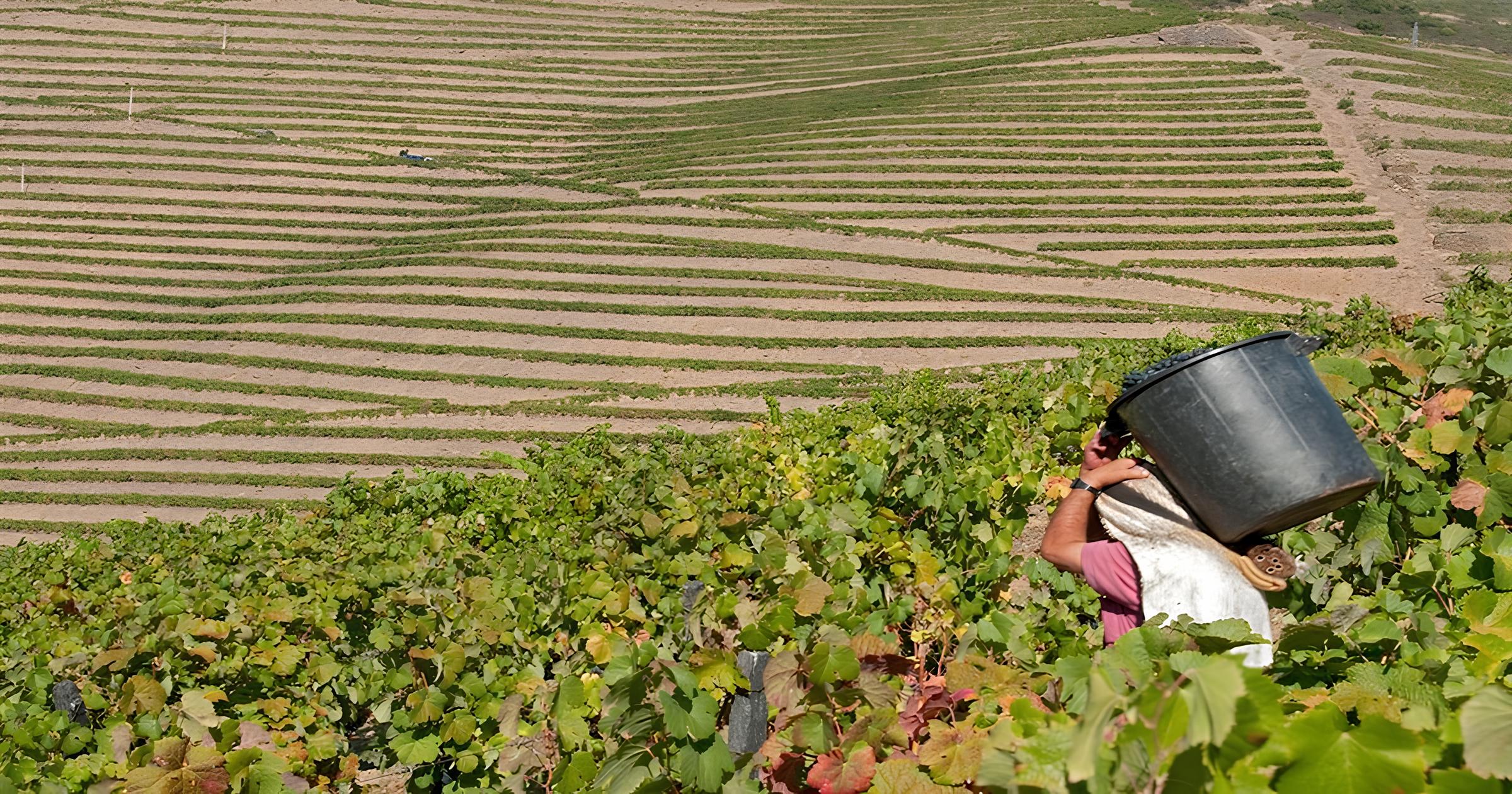
For many, Douro is no longer made of ouro (gold)
21 August 2024
These are times of crisis in Douro. The pressure is growing with the massive influx of Spanish wine at low prices and the consequent fall in the value of local grapes, which has remained stagnant for years. The combination of oversupply, rising production costs and difficulties in selling the wines that have accumulated threatens the sustainability of a region that is now struggling to maintain its identity and world-renowned quality.
In a country with the highest per capita wine consumption (61.7 liters) in the world, which has a vineyard area of 7.2 million hectares, by 2023 around three quarters of the wine imported by the country will be in bulk. This is one of the highest percentages of purchases in this format worldwide, according to statistics published by the OIV - International Organization of Vine and Wine.
In the Douro, the last harvest was marked by some social unrest because, citing difficulties in selling wine and excess stocks, companies didn't buy (or bought fewer grapes) from producers who, in turn, complained about delivering grapes at very low prices - a problem that is intensifying.
But let's look at the numbers. In 2023, Portugal imported 2.97 million hectoliters (43.8% of national production), an increase of 64% on 2016. In 2022, Spain was the origin of 99.8% of the still wines without a designation of origin (DO) or geographical indication (GI) that entered the Portuguese market.
In the 2022/23 wine year, 33,284 barrels of wine - “product without Protected Designation of Origin/Protected Geographical Indication”, as presented by the IVDP at its interprofessional council - was imported, which is equivalent to 18.3 million liters of wine. Of these barrels, 9,640 is wine that has been downgraded to wine certified by the Instituto da Vinha e do Vinho (aka “table wine”), i.e. 5.3 million liters. That leaves 13 million liters of wine from elsewhere.
Portuguese producers blame the lack of control over the commercial destination of wine imported in bulk, especially from Spain, for the current “stockpiling bubble” that is affecting the sector. Every day, the country is importing at a rate equivalent to almost a million bottles, which is described by the president of ANDOVI - National Association of Wine Designations of Origin as “a mad rush of wine” entering the national market.
Nowadays, wine producers are receiving letters from customers, wineries and the big houses in the Douro, warning them that they won't be buying grapes this year. Stocks are full from last year's harvest and, as a result, producers are forced to negotiate the sale of grapes below the price of production. “People are desperate and sometimes, just to be able to sell their grapes - the fruit of a whole year's work, of investments in their own labor that is sometimes unpaid, of phytopharmaceutical products that have increased exponentially - sometimes they are forced to sell at any price,” explains Rui Paredes, from the Interprofessional Council of the IVDP (Instituto dos Vinhos do Douro e Porto).
“I would say that in the Douro, as in the country, there is no excess production, there is an excess supply, there is a market imbalance and there will necessarily have to be an intervention to rebalance the market,” argues João Rebelo, a researcher at the University of Trás-os-Montes and Alto Douro (UTAD), who has been studying the demarcated region for 40 years.
“The thing is, since the wine doesn't talk, since it's in a tank, and on top of that it's bought in Spain at 30 or 40 cents a liter, it was a temptation. Blending wine from outside the region, particularly from Spain, with wine from Douro in order to lower the price and increase the margin is appealing,” explains Rui Soares, president of the Association of Professional Winegrowers of Douro (Prodouro).
The 15% allowance for grapes from outside the Douro Demarcated Region (RDD) represents a weakness, argues Rui Soares. And he stresses: “In the Douro PDO it was 0%.”
The Interprofessional Council of the Douro and Port Wine Institute admits that the entry of Spanish wine into the market is forcing down the price of grapes, which has remained at the same price for almost twenty-five years. The near stagnation of sales abroad over the last two years has led to surpluses that the new Minister of Agriculture, José Manuel Fernandes, has already described as “a brutal problem”.
Rui Paredes argues that the fight must focus on protecting an iconic region, where tradition and quality are at risk due to the entry of lower-quality, lower-cost wines that destabilize the market. Producers are calling for stricter controls, which are essential to safeguarding the legacy and future of viticulture in Douro.


